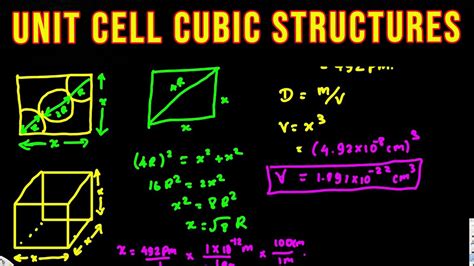What Is The Unit For Density

The concept of density is fundamental in physics and engineering, representing the amount of mass per unit volume of a substance. Density is a critical property that distinguishes one substance from another and is essential for understanding various phenomena, from the buoyancy of objects in fluids to the strength and durability of materials in construction and manufacturing.
Understanding Density

Density is defined as mass per unit volume. It is a measure of how much mass is contained in a given volume of a substance. The formula for density is ρ = m/V, where ρ (rho) is the density, m is the mass, and V is the volume. The unit for density depends on the units used for mass and volume. In the International System of Units (SI), the unit of mass is the kilogram (kg), and the unit of volume is the cubic meter (m³).
SI Unit for Density
The SI unit for density is kilograms per cubic meter (kg/m³). This unit reflects the mass of an object in kilograms divided by its volume in cubic meters. For example, if an object has a mass of 10 kg and a volume of 2 m³, its density would be 10 kg / 2 m³ = 5 kg/m³.
| Unit System | Unit for Density |
|---|---|
| International System of Units (SI) | Kilograms per cubic meter (kg/m³) |
| United States Customary System | Pounds per cubic foot (lb/ft³) |
| CGS System | Grams per cubic centimeter (g/cm³) |

Other Units for Density

While kg/m³ is the standard unit for density in the SI system, other units are used in different contexts or systems of measurement. For instance, in the United States Customary System, density is often expressed in pounds per cubic foot (lb/ft³). In the CGS (Centimeter-Gram-Second) system, which is less commonly used today but still found in some scientific and technical literature, the unit for density is grams per cubic centimeter (g/cm³).
Converting Between Units
Converting density from one unit to another involves understanding the relationships between the different units of mass and volume. For example, to convert density from kg/m³ to g/cm³, one must know that 1 kg = 1000 g and 1 m³ = 1,000,000 cm³. Thus, 1 kg/m³ = 1 kg / 1 m³ = 1000 g / 1,000,000 cm³ = 0.001 g/cm³. This conversion shows that 1 kg/m³ is equivalent to 0.001 g/cm³.
Key Points
- The unit for density in the SI system is kilograms per cubic meter (kg/m³).
- Different systems of units use different units for density, such as pounds per cubic foot (lb/ft³) in the United States Customary System.
- Conversions between units of density require knowledge of the relationships between units of mass and volume.
- Understanding density and its units is crucial for a wide range of scientific, engineering, and everyday applications.
- The formula for density, ρ = m/V, is fundamental and applies regardless of the units used.
In conclusion, the unit for density is a critical piece of information that varies depending on the system of units being employed. Whether working in the SI system with kg/m³, the CGS system with g/cm³, or another system, understanding the unit for density and how to convert between units is essential for accurate calculations and effective communication in scientific and technical fields.
What is the most commonly used unit for density?
+The most commonly used unit for density is kilograms per cubic meter (kg/m³) in the International System of Units (SI).
How do you convert density from kg/m³ to g/cm³?
+To convert density from kg/m³ to g/cm³, remember that 1 kg = 1000 g and 1 m³ = 1,000,000 cm³. So, 1 kg/m³ = 0.001 g/cm³.
Why is understanding density and its units important?
+Understanding density and its units is crucial for accurate calculations and comparisons in scientific, engineering, and everyday applications, including determining the properties of materials, predicting the behavior of substances, and ensuring safety in construction and manufacturing.